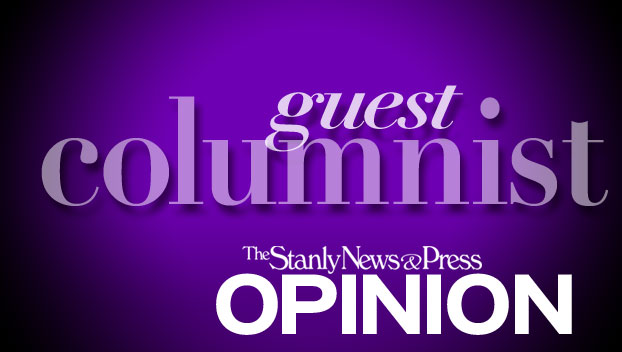
Opinion
MIKE WALDEN COLUMN: Should wage and price controls be brought back?
Fifty years ago, I was sitting in a summer school class studying microeconomics. I had just switched my ... Read more

Fifty years ago, I was sitting in a summer school class studying microeconomics. I had just switched my ... Read more